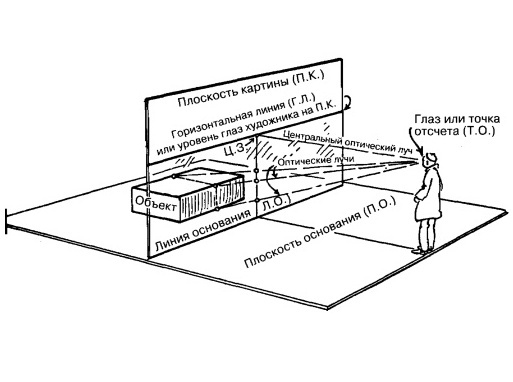Answer the question
In order to leave comments, you need to log in
Question for artists and designers?
The question may be strange or incorrect, but I will try to convey the essence. Let's take a novice artist for example. If the industry is important, then take the video game industry (purely as an example). A beginner read one simple book on drawing, went through all the lessons, and practiced more. Then I mastered a more complex book (these are all rough examples). He knows some basics, knows how to draw some objects.
But now he needs to draw, for example, a horse. How she is drawn was not in the books. And the main question: what will he resort to to draw her? What will you use, what methods?
Will you take individual lessons from a book where you learn to draw a horse or just lessons from the Internet? Or take a picture, "draw" a horse, and then adjust it to the desired pose? Or even find a 3D model, make the right pose and draw based on it? Or maybe some other options?
Of course, if you have often drawn a horse before, you will draw it again, but my main question is that if you have not come across drawing something, and you need to, what method do you use?
Answer the question
In order to leave comments, you need to log in
There is no universal way, drawing is such an "industry" where any method is good to one degree or another, depending on how you use it. There are millions of technicians, and more and more new ones come out every hour, because this type of creativity is not like music, for example, where the performance is the same, for example, on the piano, for example, every day you can press one chord, then another, and after 4-8 years you play fast
. It's not like that. And in the end, the main thing is that this horse fits into the overall picture, and not just a horse, otherwise no one will appreciate such art at its true worth
Horse Drawing Technique - Results: approximately 888,000 (0.71 sec.)
If I would draw for 3d, then of course in max, I would take a ready-made horse and change the mesh as it should, if necessary for 2d, then I would take photographs of live horses and redraw by hand while maintaining
proportions - this is the most important thing in drawing, one of the ways you can often see their imitations by artists, keep the same distance on an outstretched hand by bringing a pencil, thereby measuring with your finger the distance from the beginning of the object at the tip to the temporary mark with your finger, in order to quickly transfer it to the canvas in the form of marks without tearing it off thumb with pencil
the drawing process is essentially the action of transferring proportions to paper or to electronic form, of course they can be deliberately distorted (as is often done in cartoons or comics), no one forbids this, moreover, in drawing everything is allowed in general, which is very good
too the process of drawing is perspective
. If you draw a horse in profile, then it will have little in common with perspective (except that the hind hooves are more displaced and smaller in size), and if, for example, done in a half-face, then understanding or a sense of perspective is already more important
. Perspective and Proportions are 2 postulates of the picture, the composition completes this whole process
Most artists, when drawing an unfamiliar object, use photo and video references. If possible, then it’s better, of course, to sketch from life, if not, we go to Google Yandex, look for everything that is on the topic and go ahead.
Here is a good program on the topic, it helps to collect all the references in one pile and fix them on top of the editor used for drawing.
normal question. Here is the answer: There are in total: people (muzzle, posture, hands) animals (mammals, 10 typical pieces, birds, too, about that, and sea fish octopuses, about 10 popular nasiks :) ) trees, buildings and vehicles (cars, planes, steamboats,), equipment (steam engine, iPhone) EVERYTHING. That is, in 3-5 years, the average artist faces almost all of this. Redraws, teaches form, anatomy, details, etc. He takes refs from the Internet, but it’s better to have special books: how to draw a face, a cat, animals, etc. ... about 100-200 brochure books,
There are also about 5-10 materials (water, wood, plastic, metals, glass, etc.) and how light interacts with them learns well in 3d.
How to pose next? The axis of the spine is drawn (any stick that the soul desires) and usually the head and chest in the form of a parallelepiped are usually added to it) Further, legs, tail, wheels, windows, attics, etc. are added. For rare objects, of course, they use refs from Google / Yandex / stocks (the best way to search for refs IMHO), the details are upgraded as far as they can imagine.
To the question of how then the head is built or those very superstructure objects such as wheels, I answer with a maxim from the 1st grade of the thin school: any object can be simplified to a circle-oval (ball), square and triangle.
The most difficult thing is to develop an eye for the correct perception and transmission of proportions. Solved by many hours of practice over many years
For highly responsible work, I use 3D (blank modeling + ready-made models), but over time I notice how the lines of my lined up sketches (essentially 3-4 sketches with constant improvements from scribbles, and simple geometric shapes to smooth detailed lines) all more similar to 3d.
Didn't find what you were looking for?
Ask your questionAsk a Question
731 491 924 answers to any question